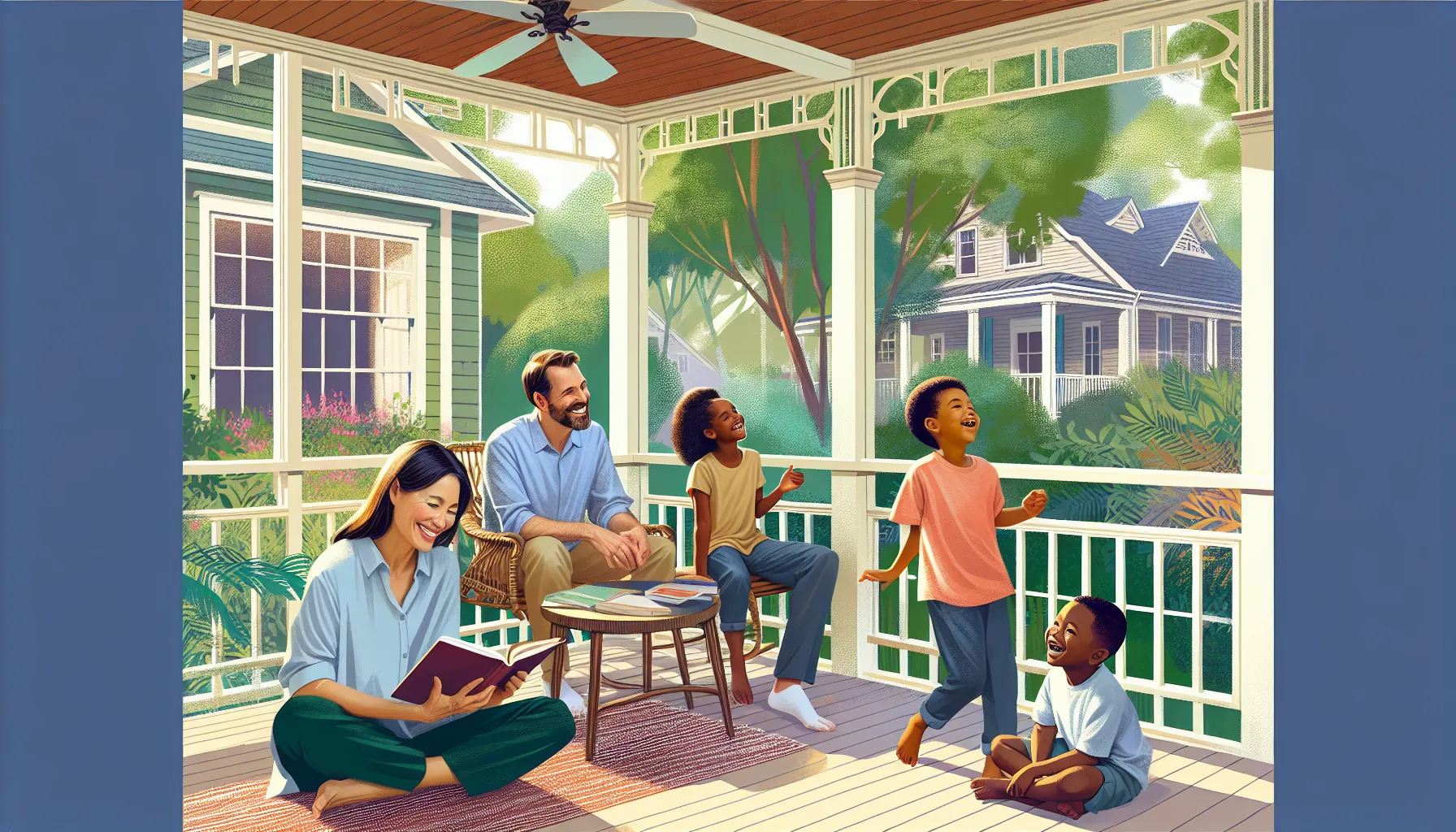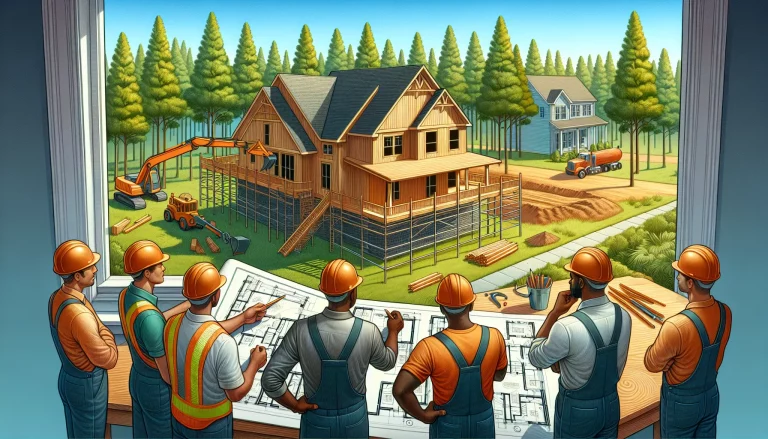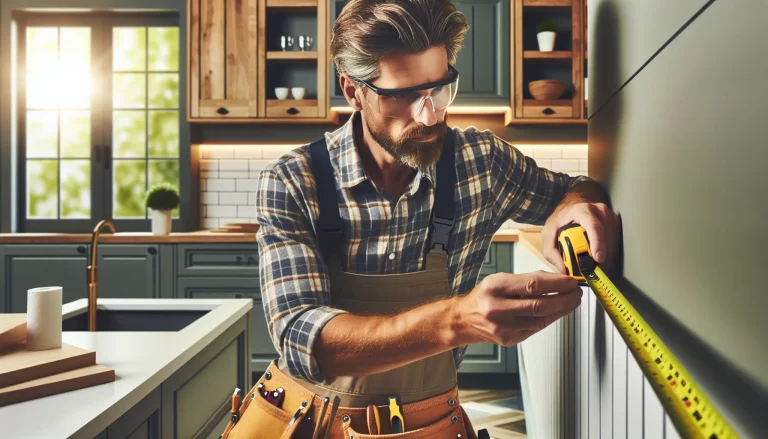Key Takeaways
- Cost Overview: The average expense for adding a screened-in porch in 2025 ranges between $15,000 and $30,000, with variations based on design complexity and materials selected.
- Material Choices: Selecting materials such as pressure-treated wood or composite decking greatly influences total costs and maintenance requirements. Consider long-term durability in your decision-making.
- Location Matters: Labor rates and material costs vary significantly between urban and rural areas. Regional market conditions dictate the total investment required for your project.
- Planning for Regulations: Understanding local zoning laws and obtaining necessary permits before construction is crucial to avoiding delays and ensuring compliance with community standards.
- Return on Investment: Homeowners can anticipate around a 65% return on investment when adding a screened-in porch, highlighting its potential to enhance property value and appeal to buyers.
- Design Flexibility: Customizing the design can improve both aesthetics and functionality, allowing homeowners to create an inviting outdoor living space that complements their lifestyle and existing home architecture.
Thinking about enhancing our outdoor living space? A screened-in porch could be the perfect solution. Not only does it provide a cozy area to enjoy fresh air without pesky bugs, but it also adds value to our home. As we look ahead to 2025, understanding the costs associated with adding a screened-in porch is crucial for making informed decisions.
Overview of Screened-In Porches
Screened-in porches serve as a valuable addition to our homes, offering a blend of indoor comfort and outdoor enjoyment. These spaces provide a protective barrier against insects and harsh weather while allowing us to experience fresh air and natural light. Typically constructed using wooden frames or aluminum, screened-in porches enhance our living areas without the hassle of bugs and debris.
The benefits extend beyond mere comfort. Adding a screened-in porch can increase our home’s market value, making it an attractive feature for prospective buyers. According to a National Association of Realtors report, homeowners can expect a return on investment of about 65% when adding a screened-in porch. In 2025, this feature may remain highly appealing, allowing us to leverage outdoor living trends to our advantage.
Design options for screened-in porches vary widely, accommodating different preferences and budgets. We can opt for simple screens, decorative railings, and comfortable seating, or incorporate ceiling fans and lighting for added functionality. These choices allow for customization that fits our lifestyles and enhances the aesthetic of our homes.
When planning for a screened-in porch, we must also consider zoning laws and building codes. Compliance with local regulations is essential to avoid potential complications during construction. Consulting with professionals ensures we understand the necessary permits and requirements for our specific area. By approaching the addition thoughtfully, we can truly maximize the advantages a screened-in porch offers.
Factors Influencing Cost
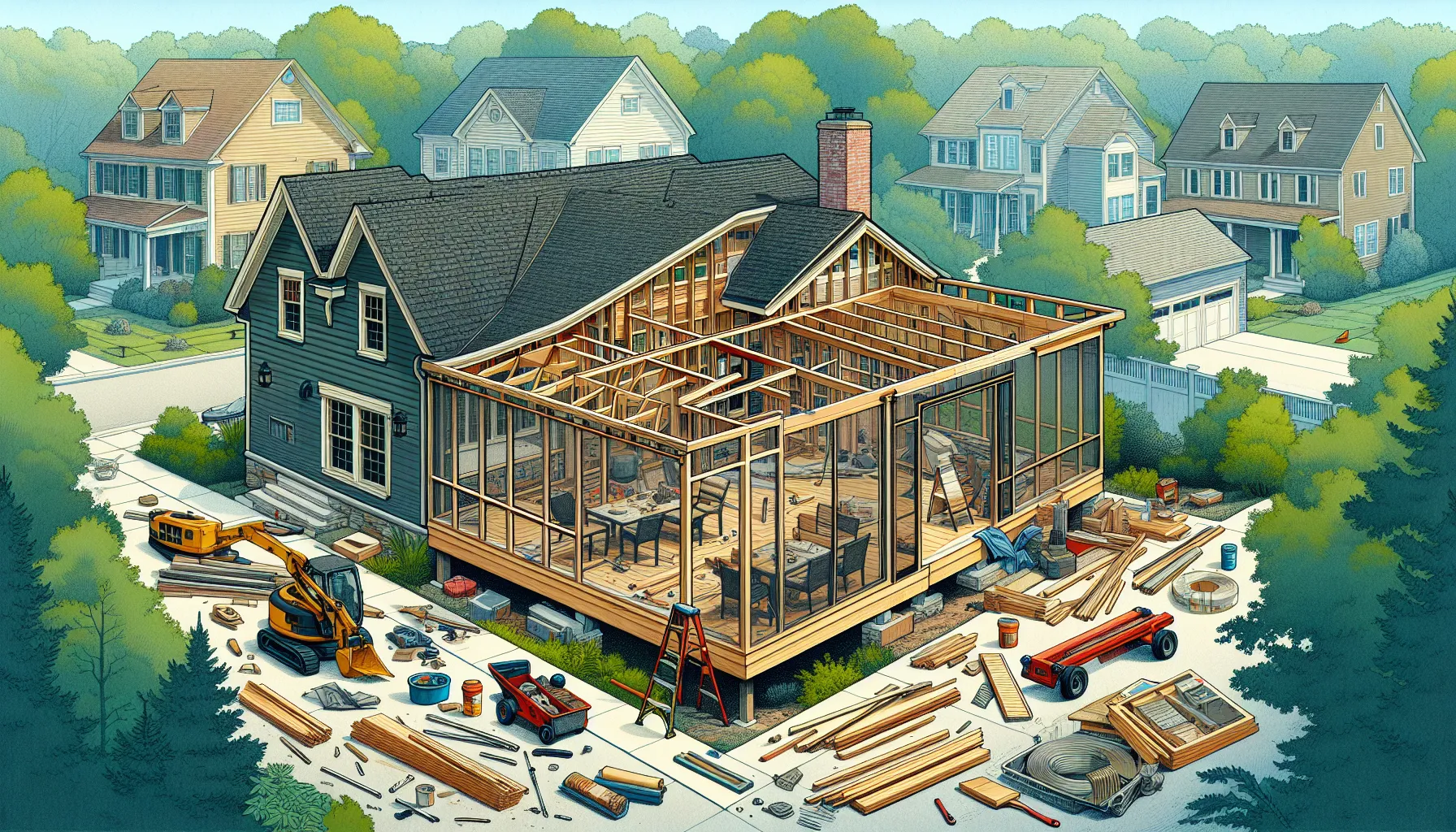
Understanding the factors influencing the cost of adding a screened-in porch can help us make informed decisions. Several variables play a significant role, including materials, location, and labor costs. By examining these aspects, we can better anticipate expenses and budget accordingly for our project in 2025.
Materials and Construction
The choice of materials significantly impacts the overall cost of a screened-in porch. The options range from basic to premium materials, including pressure-treated wood, composite decking, and aluminum framing. For instance, pressure-treated wood typically costs less than composite materials, which offer greater durability and lower maintenance requirements. Structural elements like roofing and siding also affect overall expenses; utilizing vinyl or metal may provide longevity but at a higher price point. Additionally, the design complexity, including features like windows or decorative railings, adds to the materials cost. Assessing these elements allows us to pick materials that align with our budget and aesthetic preferences.
Location and Labor
The location of our property plays a crucial role in determining labor costs when constructing a screened-in porch. Labor rates vary widely based on regional market conditions; for example, urban areas may incur higher wages compared to rural settings. Local permitting requirements and zoning laws can also influence the timeline and costs. In addition, selecting a contractor with experience in outdoor structures ensures skilled workmanship, which can enhance both quality and longevity. For example, costs for skilled labor can average between $50 to $100 per hour, depending on our area. Being mindful of these factors helps us plan effectively and secure the most suitable service providers for our project.
Average Cost Breakdown
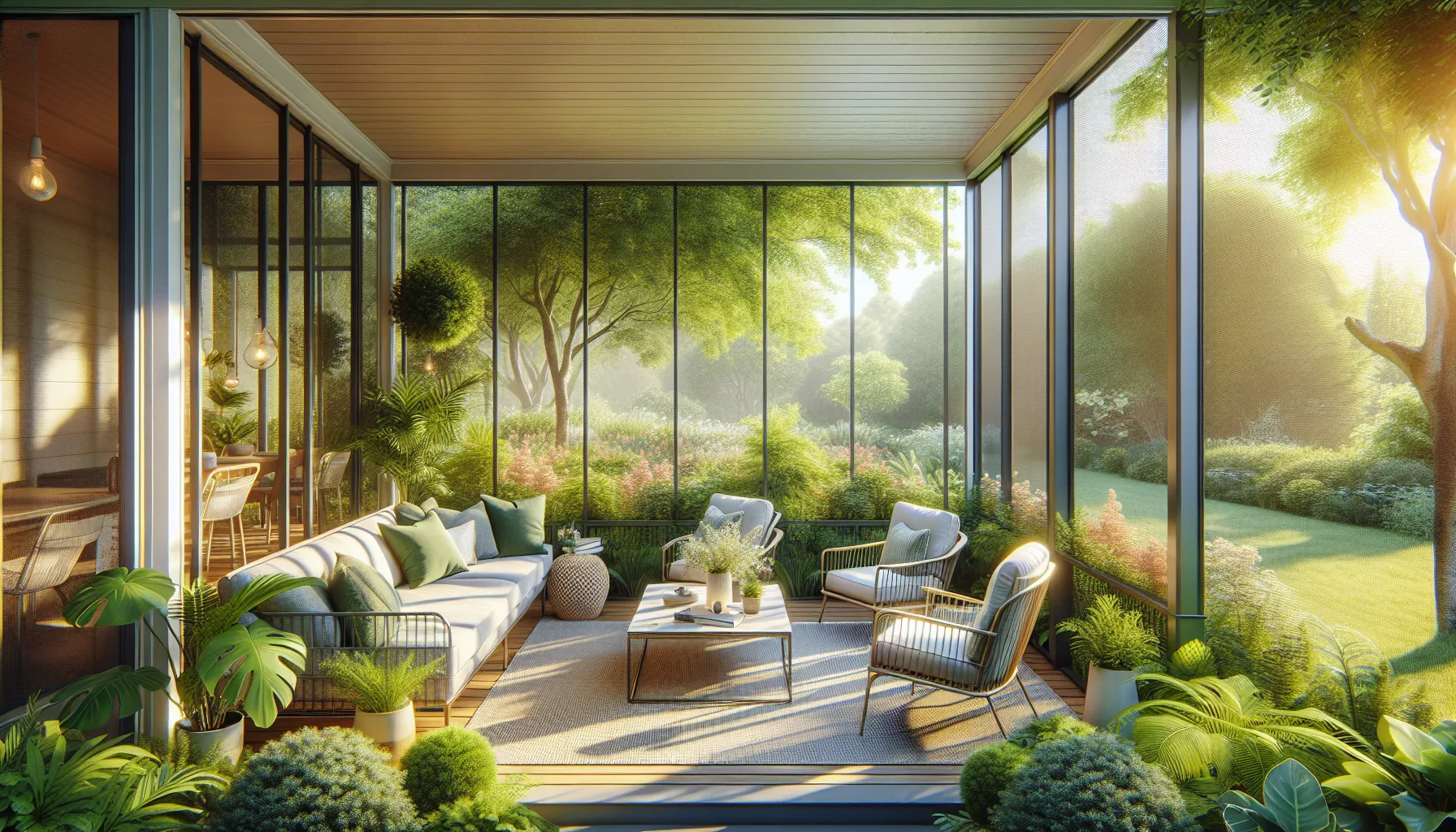
Understanding the costs involved in adding a screened-in porch is essential for homeowners. The financial commitment varies widely depending on several factors, which we’ll break down below.
National Averages
The average cost to add a screened-in porch typically ranges from $15,000 to $30,000 across the United States. Basic models often begin around $10,000, featuring simple screens and minimal structure, while high-end designs can exceed $40,000, incorporating premium materials and advanced features. For example, using composite decking instead of wood can significantly increase total expenses. We should also consider that basic installation costs around $25 per square foot, while more intricate designs can push this to $50 or more. Homeowners, therefore, should prepare for variations based on individual preferences.
Regional Variations
Regional differences strongly influence the costs associated with screened-in porches. In metropolitan areas like San Francisco or New York City, total expenses might surpass $45,000 due to higher labor rates and demand for premium materials. Conversely, in rural areas, costs can fall below $15,000, reflecting lower labor rates and simpler designs. Climate also plays a role; regions experiencing severe weather may require sturdier construction, escalating costs. For instance, homeowners in hurricane-prone areas may invest in reinforced screens and weather-resistant materials, affecting their overall budget. Understanding these regional variations helps homeowners make informed decisions based on their local market.
Additional Considerations
When considering a screened-in porch, we must evaluate several important factors to ensure that our investment aligns with our goals.
Design Choices
Design choices directly impact both aesthetics and functionality. We can select from a range of styles, including traditional screened areas, modern enclaves with glass panels, or porches featuring integrated outdoor kitchens. For instance, opting for an open gable roof permits more natural light, while adding elements like ceiling fans enhances comfort during warmer months. Various materials, such as wood, aluminum, and fiberglass, can impact maintenance requirements, appearance, and cost. When making choices, we should also consider how the design complements our home’s existing architecture, ensuring a cohesive look that adds value to our property.
Permitting and Regulations
Permitting and regulations play a crucial role in the planning process. Each municipality imposes distinct guidelines regarding screened-in porches, and understanding these requirements can prevent costly delays. We may need to obtain building permits, which often require detailed plans and specifications submitted to local authorities. Additionally, zoning laws may restrict the size and location of our porch, influencing placement decisions. It’s wise to consult local regulations and engage with experts, such as contractors or architects familiar with local codes, to gain insights and avoid potential compliance issues. Keeping these considerations in mind fosters a smoother construction process and ensures our project aligns with local standards.
Return on Investment
Return on investment (ROI) for adding a screened-in porch offers valuable insight for homeowners considering this enhancement. Homeowners can expect an ROI of about 65%, according to a National Association of Realtors report. Such a return can significantly increase the appeal of our properties in the competitive housing market.
Investment in a screened-in porch not only relates to the immediate financial return but also contributes to enhanced livability. Comfort and enjoyment during warmer months can transform outdoor experiences, making our homes more attractive to potential buyers. Features like integrated lighting or ceiling fans can elevate the porch’s usability, thereby increasing the overall value of our property.
Market conditions impact the ROI for each property distinctly. Homes in urban areas may yield higher returns, while those in suburban or rural locations might see more modest increases. Recognizing our specific market’s trends helps us make informed decisions about investments that enhance property value.
We should also assess the porch’s impact on our lifestyle to understand the holistic value it provides. Improved outdoor living space can lead to increased family time and social gatherings, making our homes more enjoyable. Balancing personal preferences with potential financial gains is crucial as we weigh the benefits of this addition.
Ultimately, a screened-in porch serves as more than a home improvement project; it becomes an investment in our property’s future and our quality of life. Considering both monetary returns and lifestyle enhancements reframes the cost as a strategic advantage.
Conclusion
Adding a screened-in porch is more than just an aesthetic upgrade; it’s a meaningful investment in our home’s comfort and value. As we weigh the costs and benefits, it’s clear that this addition can significantly enhance our outdoor living experience while providing a solid return on investment.
By considering design options and local regulations, we can create a space that reflects our style and meets our needs. As we plan for 2025, let’s make informed decisions to ensure our screened-in porch becomes a cherished part of our home for years to come.
Frequently Asked Questions
What are the benefits of adding a screened-in porch?
A screened-in porch enhances outdoor living by providing a comfortable space free from insects and harsh weather. It increases home value, with an estimated return on investment of about 65%, making it appealing to potential buyers.
How much does it cost to add a screened-in porch?
The average cost of adding a screened-in porch ranges from $15,000 to $30,000 in the U.S. Basic models may start around $10,000, while high-end designs can exceed $40,000. Installation costs vary based on design and location.
What materials should I consider for my screened-in porch?
Material choices can impact the cost and longevity of your porch. Options range from basic pressure-treated wood to premium composite decking. Each material has different price points and maintenance requirements, so consider your budget and preferences.
Are there design options available for screened-in porches?
Yes, there are various design options for screened-in porches, from simple screened areas to stylish modern designs with glass panels and outdoor kitchens. Homeowners should evaluate elements like aesthetics, functionality, and budget when selecting a design.
How can I ensure I meet zoning laws and building codes?
Each municipality has different regulations regarding construction. It’s crucial to consult with local professionals to understand and comply with zoning laws and building codes. This can help avoid costly delays and ensure a smooth project.
What factors influence the ROI of a screened-in porch?
The return on investment for a screened-in porch can vary based on market conditions, location, and the porch’s design and features. Generally, urban properties may see higher returns compared to suburban or rural ones, but personal enjoyment also plays a role.
Do I need a permit to build a screened-in porch?
Yes, permits are often required for building a screened-in porch. It’s essential to check with your local building authority to understand specific guidelines and obtain the necessary permits before starting construction.
How can weather impact the cost and design of a screened-in porch?
Severe weather conditions may require sturdier construction, which can increase costs. Additionally, design choices might need to accommodate climate factors, ensuring durability and comfort throughout different seasons in your area.


